Kjell Braaten im Interview
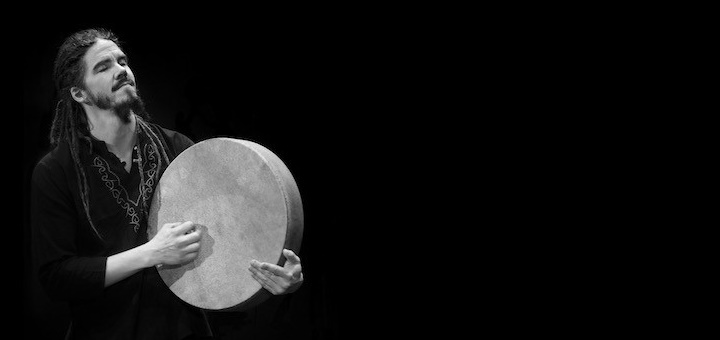
Kjell Braaten released his album „Ferd” on 13 November, 2020. While listening to the album for review, I had a lot of questions. About the instruments, the combination of centuries-old music with modern technology. I asked myself how the music sounded back then. Or how as a musician you approach the (traditional) instruments. I knew that Kjell presents the instruments and the associated historical background at Viking markets and exhibitions. So I was also interested in how his interest in this time, people and music was awakened. I had the opportunity to ask Kjell Braaten these and many other questions. And Kjell answered them in detail. Have fun while reading!
I am into how music evolves, and this is precisely that. It is music evolving
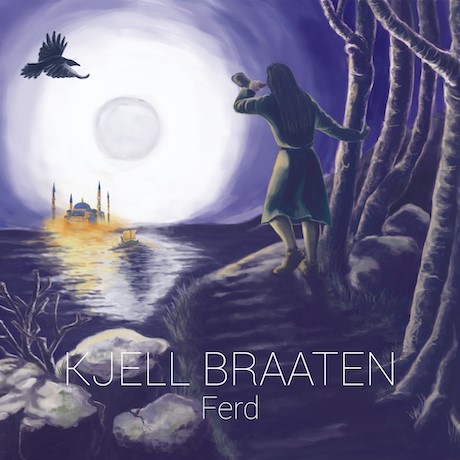
Kjell, I understand your music is rooted in the music tradition of the Viking Age. You combine musical elements (which are defined as traditional elements) from different regions of the world with each other and with today’s technical possibilities. Was (Nordic) medieval music your „first love“ when it came to music? Or how did you come into contact with this music (musical)?
As a musician, I started out in the classical scene, but I listened to artists like Neil Young, 70’s King Crimson, Pink Floyd, etc. At a young age, I decided that replicating music replicated hundreds of times before me was not my thing. I went from the classical scene to the extreme noise scene, then ended up in the deep ambient- world. From there, I found a connection to ancient traditional music from all parts of the world.
Then, fall 1999, I got together with some friends (amongst others, Maria Franz (HEILUNG) and Gustav Holberg (FOLKET BORTAFOR NORDAVINDEN), and created the band EHWAZ.
We made world music, inspired by Nordic medieval and Viking- age music. Since then, this has been my main focus.
With „Ferd“ you focused on the Vikings and their time. How did you get interested in it? What interests or fascinates you in particular?
I have always been inspired by history, but my focus on Viking- age came through the work with EHWAZ. Since there were almost bands doing what we did, we soon got booked at most Viking- markets in Norway, Sweden, and Iceland. Then I found a fascination with the history of Vikings.
As a musician, I find the music and instruments most fascinating. In this Viking- scene, there is so much knowledge about clothing, food, swords, etc. But very little about music.
Instruments from around the world found place in the nordic countries
You play instruments modeled after the instruments originally came from the Nordic countries but were also brought back by the Vikings from their travels.
Yes, there are very few instruments that originate from Scandinavia. Or there are, but they are new versions of instruments from other places. Most of them originate from the orient, mid-east, or China (and surrounding areas) and have been in use there long before they came here.
When did you get to know these instruments: How did you approach them? Have you tried to find out for yourself what sounds and tones they can produce? Or did you let someone show you how to play them?
I found the instruments through a lot of research. There were not so many out there doing this, so information was limited. Luthiers making such instruments was few and way out of range for a young guy trying to make a living from this.
Therefore, I started making instruments myself. I was far from good at it, and soon I reached out for help. I found a few who took the challenge, and the first professional instruments came to me. I knew no one to teach me, and YouTube was of little help back then, so I started to figure things out myself.
You play a lot of different instruments. Do you have one that you particularly enjoy playing?
This is a hard one. It really depends on om the mood and what I want to achieve. These instruments all different and express different sounds/ moods. Maybe the right answer would be „The newest one“, hehe.
We know almost nothing about the music of the Vikings. We only know how their instruments sounded
The music you make is an (artistic) approach to a time that not much has been passed down in writing. In other words, we don’t know precisely how the music of the Vikings sounded. How did you bring yourself closer to this kind of music?
To be honest, we know almost nothing about this. The only things we can say for certain about the Vikings‘ music is how their instruments sounded and how they can be used. Therefore, I threw the idea of recreating such music out the window a long time ago. I make modern music based on sounds and instruments available in ancient Scandinavia.
I bring myself closer to it by visiting ancient sites, contemplating, taking in the impressions they offer. Then, I go back to my studio and try to recreate those impressions on these instruments.
And of course, these impressions are affected by the knowledge I gain through reading and talking to people with the same interest in history.
Real ‘old’ sounds appealing to modern ears
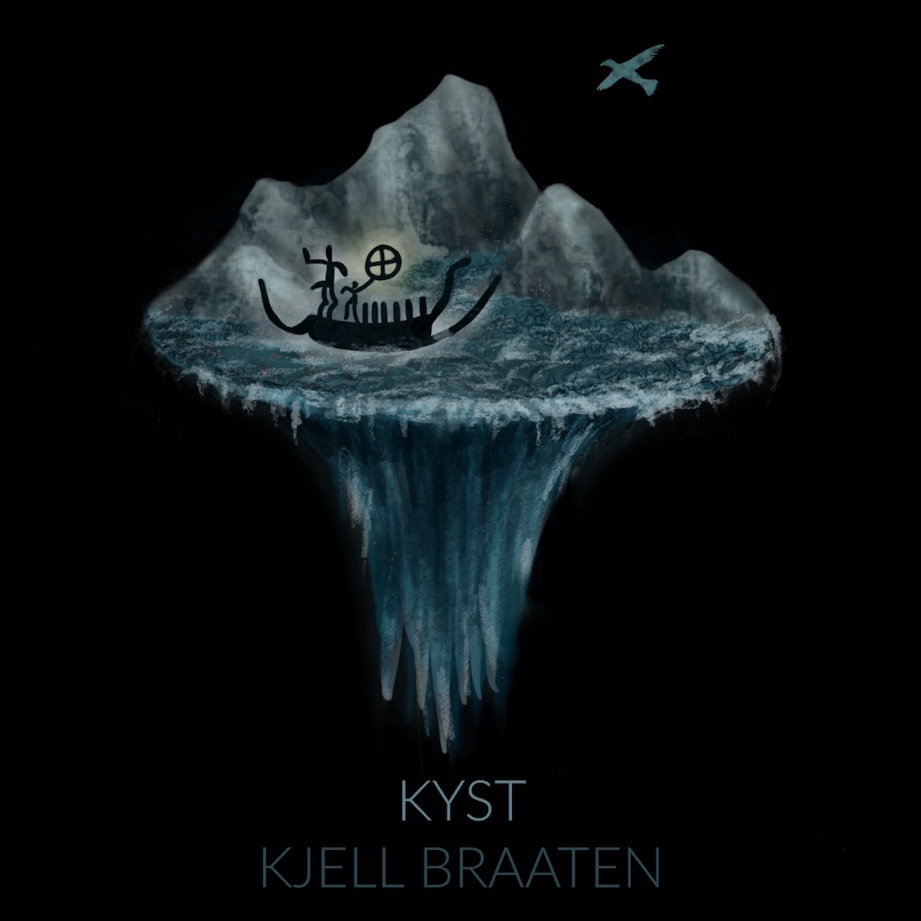
The music is electronically amplified and produced in a modern way. Does that mean that your goal was not to have the most authentic result possible?
My intention was never to make authentic Viking- age music. That would be impossible as we know too little about the topic. Most „Viking- music“ today has very little or nothing to do with the music they most probably had back then. That also applies to this album. That said, the album’s sounds are all acoustic recordings. Recorded with carefully placed microphones, and applied reverb and sometimes echo to keep it as real as possible but still appealing to modern ears.
So authenticity and modernity are no contradiction at all?
When it comes to the combination of old and new, this is a big topic, but I’ll try to make it as short as possible but still making sense.
I think it is interesting with a stereo-recorded medieval- band in a medieval church singing medieval songs, but this will always only apply to a few. To reach out to a broader audience, you need to tame the sound to make it more pleasing to the air. The music would still be authentic.
I also enjoy those bands using modern technology to make something completely new with these old sounds. After all, I am into how music evolves, and this is precisely that. It is music evolving. Not re-creating something ancient but creating something new
The notations of Viking music were often made by Christian monks. In the process, some elements of the music would have been lost as their notes were filtered through their listening habits. They probably also changed a lot and turned secular (pagan) music into a Christian one. Do you know these records? Has this information shaped the way you compose and play this music?
This is a fascinating topic. Often, when I do lectures, I get lost here. I can talk about it for hours, and I have many thoughts about it, but that did not apply when I made this album. Ferd is not about re-creating something ancient but about creating something new.
This album is all about the ambiance
In Iceland and the Faeroe Islands, there are still songs and dances that can be traced back to the Viking Age. They use a different melody [starting in the highs, then descending, but without reaching the keynote of the scale], which means that long stories can be told without the tension decreasing. When you were composing, did you think of storytelling or dancing? Or is it more about the ambiance?
Most of the pieces here were ordered work for short- movies and documentaries to build certain moods. So for this project, the scenery was more in focus. I needed to create atmospheres with the sound that worked with what you could see on the screen.
When I decided to make an album of such pieces, I choose the theme by including pieces created mainly on ancient instruments that could work together. Then I recomposed them to work as a whole.
Music is then an excellent way to start to communicate
You do not use lyrics; you let the music bring the effect. Music is, in your own view – if I understand you correctly – a kind of universal form of communication. What does the music appeal to? How does music (especially the type of music you perform on „Ferd“) contribute to communication and understanding?
That’s true. I have used music a lot when working with young people trying to find a way to live in an unknown, different, and sometimes hostile community, without even knowing the language. Music is then an excellent way to start to communicate, as it speaks to everyone in more or less the same way.
If you look at ancient music, the further back you go, the music gets more and more the same. The base of music itself is the same no matter where you come from.
As mentioned earlier, „Ferd“ started out as a collection of pieces written for the screen. When I started making an album from it, I used instruments, sound, and scales to indicate my intention, but I decided not to add words. Much music created today leaves no or very little room for your own thoughts. I wanted to create room for the listener to have their own experiences with the tracks. Let them contemplate, or just let go without some voice telling them what to think.
„Ferd“ – a journey for the listener
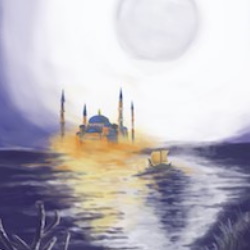
Many people perceive chants that do not use words but use the voice as an instrument to be annoying. Others see it as an opportunity to „(re)connect“ with spirituality. Is that what you intended with the music? Does (this) music have a spiritual or healing effect for you?
For me, definitely, but for me, the process of creating it is what gives me that. I rarely listen to my own music after making it, hehe. I get many very uplifting emails and comments from people who say that that is precisely what my music does. Myself, I like both, but I’d rather make instrumental music than music with bad lyrics, just because it is expected.
I’ll come back to the album again: „Ferd“/ Journey – what does „journey“ (and discovery) mean for you?
Here, it simply means „journey“. The albums aim is to create a journey for the listener – A journey individual to the person experiencing it.
I do give a focus for those interested through the sounds and scales. I also included short descriptions of my thoughts behind each song on the cover. Still, I only pointed out the direction, as I did not want to take their experience away from them.
Most of the Vikings were hunters, farmers, fishermen, craftsmen and traders – only few were warriors
With „Ferd“ you put the traveler who is interested in newly discovered cultures in focus (and not the aggressive conqueror, robber, murderer, as the Vikings are often portrayed as), you wanted to honor the people who are interested in/concern themselves with other cultures and thus expand their knowledge. Why was it important to you (as a musician, as a curious (?) person) to take this point of view?
Yes, and no. First, the picture of the Vikings as warriors is not correct. Yes, they had warriors, and they did raids, but most of them were hunters, farmers, fishermen, craftsmen and traders. As a historian, I think it is time to start focusing on how it actually was, not only on those (relatively few) warriors only.
Still, I focus on those that expanded our culture and brought back new impressions. That also applies to the warriors. Their methods may not be in my taste, but they did bring back new impressions and new knowledge, so they should also be included.
One of my aims is to spread more knowledge about the Viking age
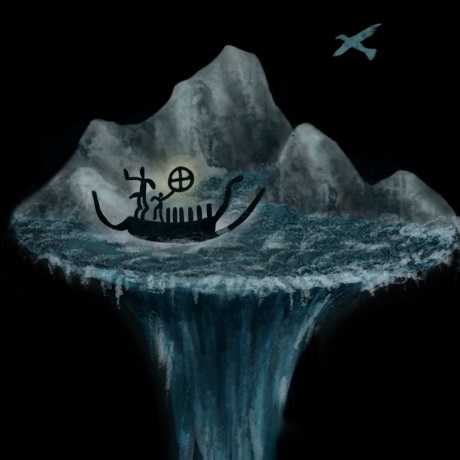
You give lectures, tell about the instruments and the music in medieval markets. What would you like to pass on to people in this way? What would you like to interest them in/sensitize them for?
First of, here in Norway (Scandinavia actually), we differ medieval markets and Viking markets. Medieval markets are more about entertainment, while Viking markets are more about authenticity. I rarely go to medieval markets, I keep to Viking- age, as this is my field, and I find less fantasy-based reenactors here. Still, many Viking markets keep booking bands playing late medieval music on modern instruments. One of my aims is to spread more knowledge about this, so they can start being more authentic in this field as well.
For the audience, I try to give a picture of the Vikings as the civilization they actually were, rather than the typical misinterpreted image of some wild barbaric heathens.
How do listeners react to who may come into contact with it for the first time? (especially children?)
When I show these instruments at markets?
Yes, and while telling telling stories about.
Most people are very fascinated! Many believed they were barbarians screaming, banging stones, or something, hehe.
But seriously, most people are surprised and amazed.
The children absolutely love it, and after every children’s show, I spend a long time with them to try the instruments.
A lot of different projects
You wrote music for plays and films, you are a percussionist for WARDRUNA. Which project have you enjoyed the most so far?
Oh, there are so many! And so different! It’s tough to cut this down to only a few.
In the days, I participated in many performances. I performed them in some of the major galleries, stages, and festivals in Norway.
I would like to mention Sverdet, a play about a heathen sword (Bæsing) in hands of one of Norway’s meanest king’s (Olav Haraldsson)
This was up for three years with a cast of Norwegian actors like Erik and Kristoffer Hivju, Tobias Santlemann, and Cici Henriksen.
Another to mention would be Sagaspelet. This is a play about the history of Lofoten, Norway, in the Viking age.Unfortunately, the production never saw the stage. Still, hopefully, they will manage it in the future, as the story is outstanding! Or maybe I’ll record and release the music when I have time.
I also have my own play for children about old Norse music history that goes around Norway all summer.
For a few years, I was also a part of the performance-group Skaldatal, who made several small plays for children about the sagas and Viking history.
And lastly, I would like to mention the shows we made with Fargespill (Flere Farger Sarpsborg). A firework of multicultural children, youth, music, dance, and languages from the whole globe. The top of this was when we performed in the opera house in Oslo. It was the 100 years celebration of the Norwegian constitution on May 17, 2014.
The fact that we were given this specific time and place really provides hope for the future!
In the first lock-down, you made several videos to shed some light on the quarantine.
Yes, they are only available on Bandcamp and YouTube. I did a YouTube video- series to ease the quarantine- times for those less fortunate than me when the pandemic came around. The music is very inspired by the modern vision of „Viking music,“ but it also mirrors twenty years of work. Some of the songs are even previously unreleased songs I wrote for Ehwaz back in 1999/ 2000.
At this point I have to shorten, because the list of the projects, he was involved in and what he told about, is so long, that it would be worth another post. So here only some references: Origami galaktika, KA, EhwaZ, Skvalthr Kjell Braaten (former solo albums: Sverdet 2010, Moonsong 2016), Varde, Origami arktika, Wardruna.
Cover design and artwork
For the design of the album cover, you invited not only other musicians but also visual artists who took over the graphic design. How did you get in touch with them? What role do the pictures and the artwork play for you?
Since all the songs tell their own story, I thought they deserved their own cover as well. Most of these artists, I know from long friendships, some from their previous work. It was important to me to find artists who understood the project, and I was very selective in this process.
I gave the songs to the artists, and they chose a song they would like to illustrate. For some of the picks, the ones referring to specific myths, I gave a few directions, but for the rest, I did not. I wanted to see what they got from the songs.
Fatima Ackerson (main cover design), on the other hand, I was recommended through friends. And am I lucky to meet her! She is just amazing!
This album would not be the same without her help, and I can not express how thankful I am to have her with me on this journey!
Restrictions and plans
Right now, we don’t have a lock-down, but we have many restrictions and a difficult time, especially for artists. How do the restrictions impact your work, your life? What are your plans for the coming period?
My first thought was how lucky I was to live on an island with big forests and mountains. I could move relatively freely. But I could not just walk freely here doing nothing when others had such hard times. I decided to spend my time (besides working on the album) to create something to bring light to those in worse situations. The situation did have a significant impact on my part. The whole market- season was canceled, and I lost most of my yearly income. – Not alone on that part!
Therefore, I decided that I could not just sit down and go crazy, so I started working. Hard! Some of the results of that will come this winter and spring, some in the coming years.
Thank you for taking the time to answer the questions!
Finally, would you like to give our readers something else to take along?
Thank you for asking and for letting me explain my album!
In these times, I think that would be to take care of each other. Be patient; no matter how hard it is, better times will come. The harder we restrict ourselves now, the faster we can go back to what normal will be after this. Try to focus and create something to keep the mind going and make time fly. But most of all, take care of yourself and those around you. And lastly: Stay in there, the world needs you!
NEWSLETTER. FREITAGS. KOSTENLOS.
Bildquellen
- kjell braaten ferd cover: Gordeon
- kjell braaten kyst: Gordeon
- kjell braaten ferd: Gordeon
- kjell braaten kyst 2: Gordeon
- kjell braaten interview: Kjell Braaten / By Norse Music

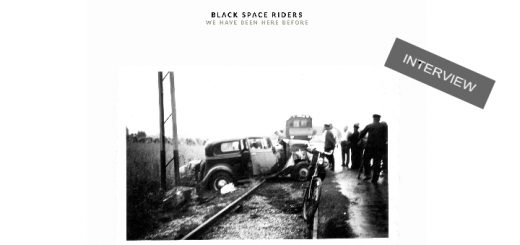

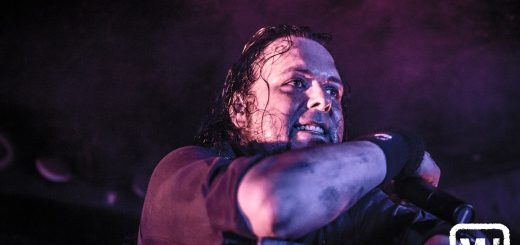



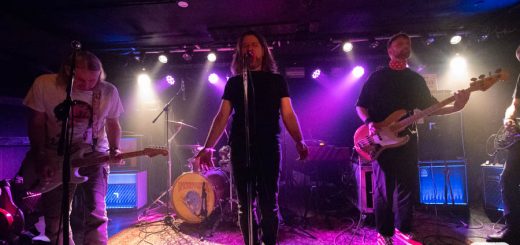
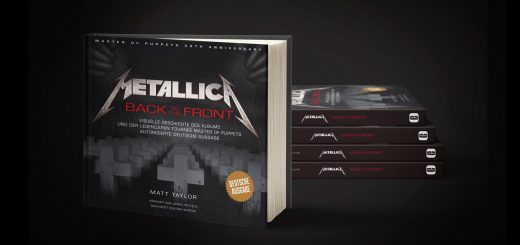
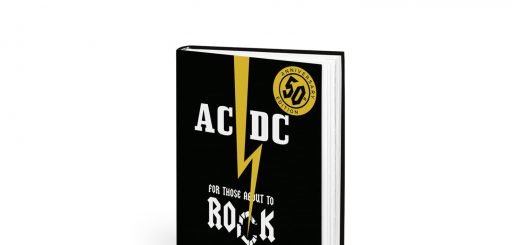
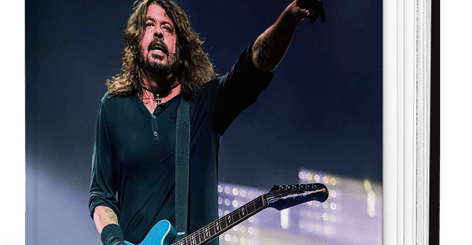
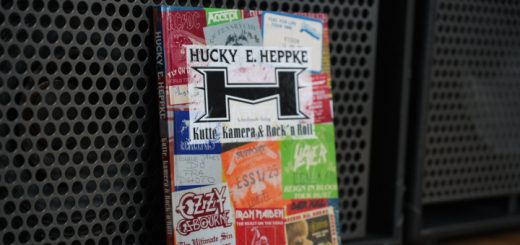
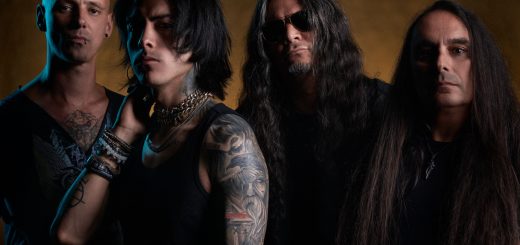
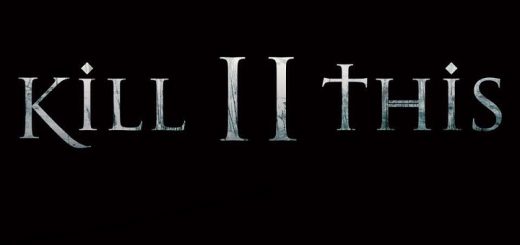
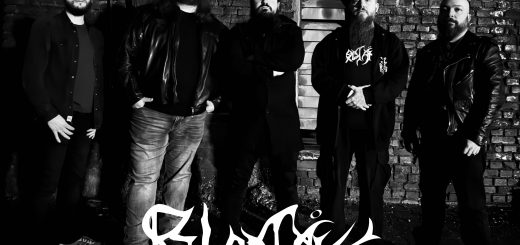
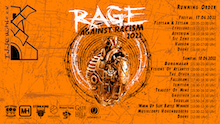










Neueste Kommentare